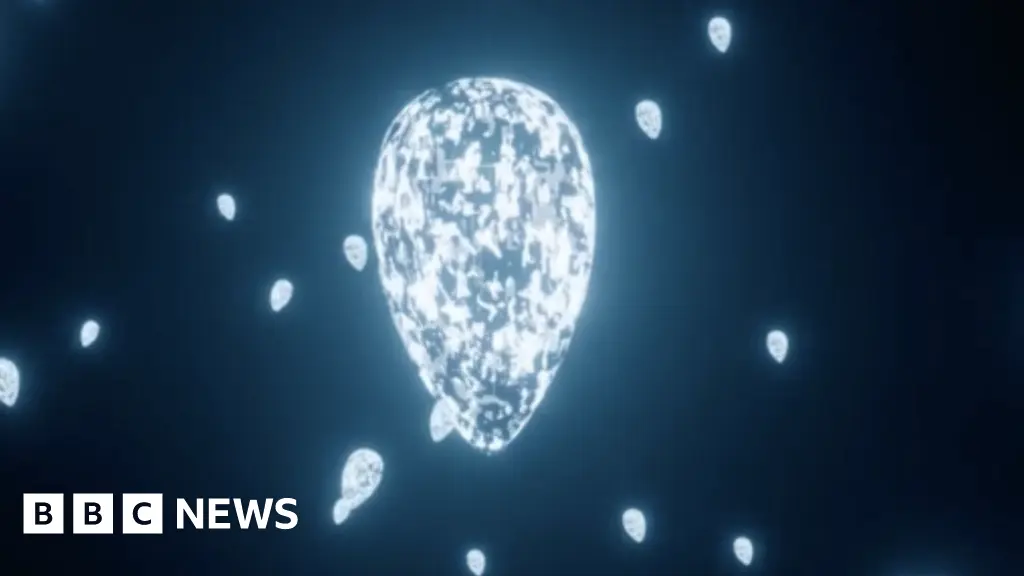cross-posted from: https://lemmy.zip/post/1293808
Archived version: https://archive.ph/fHjNq
Archived version: https://web.archive.org/web/20230810182753/https://www.bbc.co.uk/news/science-environment-66407099
Tangentially related but I can’t seem to find the answers and I have a couple questions that perhaps someone can answer:
- Do stars actually generate muons directly? From what I understand the muons on Earth are a result of cosmic rays colliding wtih particles in the atmosphere.
- If they do, how far do they travel before decaying? Even if they travel at relativistic speeds, they have a mean lifetime of 2.2 ns, so the math seems to say they don’t travel very far at all on average.
- Either way, are there any other sources of muons in the universe? I’m curious what the muon density distribution in the universe would look like.
Do stars actually generate muons directly? From what I understand the muons on Earth are a result of cosmic rays colliding wtih particles in the atmosphere.
Muons are naturally generated by cosmic ray protons colliding with atmospheric molecules and creating pions, which then rapidly decay to muons and muon neutrinos. These themselves then decay into a bunch of other things.
If they do, how far do they travel before decaying? Even if they travel at relativistic speeds, they have a mean lifetime of 2.2 ns, so the math seems to say they don’t travel very far at all on average.
That muons can hit the Earth is one of the key pieces of evidence in favor of relativity, in fact. As you say, with a mean lifetime of 2.2 nanoseconds, they shouldn’t be able to hit the surface of the Earth, but because at relativistic speeds time dilation occurs from our frame of reference (or, equivalently, in the muon’s inertial frame, it sees the distance it has to travel be radically shortened via length contraction), they do end up hitting the earth.
Either way, are there any other sources of muons in the universe? I’m curious what the muon density distribution in the universe would look like.
I doubt it, because they decay so quickly. AFAIK you have to do it via the pion decay route, and all the muons we create are in particle accelerators. I guess it would be like how we create radioactive isotopes in hospitals on-demand for medical purposes that wouldn’t survive transportation to the hospital before decay, and couldn’t be stored long-term because, well, they would decay.
as an aside, Nature is rather more pessimistic about the discovery, which I think is reasonable.
Muons are naturally generated by cosmic ray protons colliding with atmospheric molecules and creating pions, which then rapidly decay to muons and muon neutrinos.
So in theory they could exist anywhere in the universe somewhat close to a star, if the relevant particles in our atmosphere are around that star? That’s what I meant about the density distribution: are they spherically distributed around (all) stars, or are they only present in very specific situations?
These themselves then decay into a bunch of other things.
I thought they had a small selection of possible decay products. Not particularly relevant to me at the moment, though.
As you say, with a mean lifetime of 2.2 nanoseconds, they shouldn’t be able to hit the surface of the Earth, but because at relativistic speeds time dilation occurs from our frame of reference (or, equivalently, in the muon’s inertial frame, it sees the distance it has to travel be radically shortened via length contraction), they do end up hitting the earth.
I mistyped the mean lifetime, it’s actually 2.2 microseconds. That’s three orders of magnitude different, but from a (non-relativistic) view it would still only travel about 66 centimeters. I’m missing too much information to try to solve the length contraction equation (I don’t know its length, or its velocity) for the observed length. I’m curious here because they’re able to travel on the order of roughly 50 meters into the Earth, and from what I can find they disappear there due to absorption from the many atoms they pass through on that path. So that leads me to a question: If there is not relatively dense earth to get in the way and attenuate the muon, such as if it were produced by a gas cloud beside a star, how far would it realistically be able to travel? Since the muons on Earth “die” from absorption rather than lasting long enough to decay via weak force, they would, in open space, surely be able to travel far enough without enough collisions such that they do end up “dying” by decay.
Thanks for the reply, I am curious here about something that I don’t have enough knowledge to answer for myself.
Forces of Nature
- electromagnetism
- strong nuclear force
- weak nuclear force
- gravity
5?. whatever the hell might be acting on the muons in this article
Quick, everyone ignore 0 because it’s “too hard”, even though it’s the only reason we can study 1-5: consciousness
Why would you assume consciousness is a fundamental force rather than an emergent property of complex systems built on the forces?
Why would you assume it’s an emergent property and thus should be dismissed as not being a force of nature? I’m making fewer assumptions than you are by wanting to list it alongside the other forces until we can determine if it is emergent or not, and the implications of such emergence. It’s kind of a big deal that we can sit here and ponder the forces of nature with some degree of control over our little sack of atoms.
It’s safe to say that this list is going to change over time and represents a current snapshot of humanity’s limited understanding. Under the current snapshot of human understanding, leaving it off of the list seems to me to indicate an ironic bias on the behalf of researchers who must use the very force in question to do anything. By necessity, it is the overarching phenomenon surrounding all other forces since the only place we can definitively know these forces even exist is within our own mind. To say anything more is to make assumptions.
While I agree that a certain level of assumptions are necessary if we’re going to get anywhere, I’m also acutely aware that they’re still assumptions and that assumptions are not scientific. If we’re going to be scientific about this, we need to make as few assumptions as possible.
The fundamental forces are physical forces. Consciousness is not a force, as far as we know.
Your comment doesn’t make any sense.
The fundamental forces are physical forces.
It is feasible for consciousness to be something like a force (more accurately, perhaps, a field) and as such it would be by definition a “physical” force. The use of the modifier “physical” on force doesn’t make much sense here: all forces are physical, as are all things that actually exist. It could be useful to consider the objects of consciousness as emergent, and the force of consciousness as fundamental; I don’t know enough about this line of thought to say much on that.
Consciousness is not a force, as far as we know.
That’s literally what the comment you’re replying to says. Emphasis on “as far as we know”. There’s no obvious way to dismiss it outright as not being a force, it’s just that as far as we know currently, it isn’t a force.
I don’t personally have a well thought out stance on the matter.







